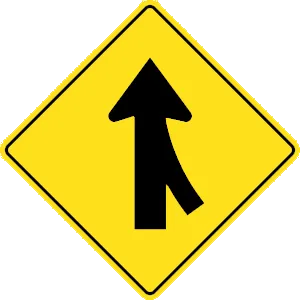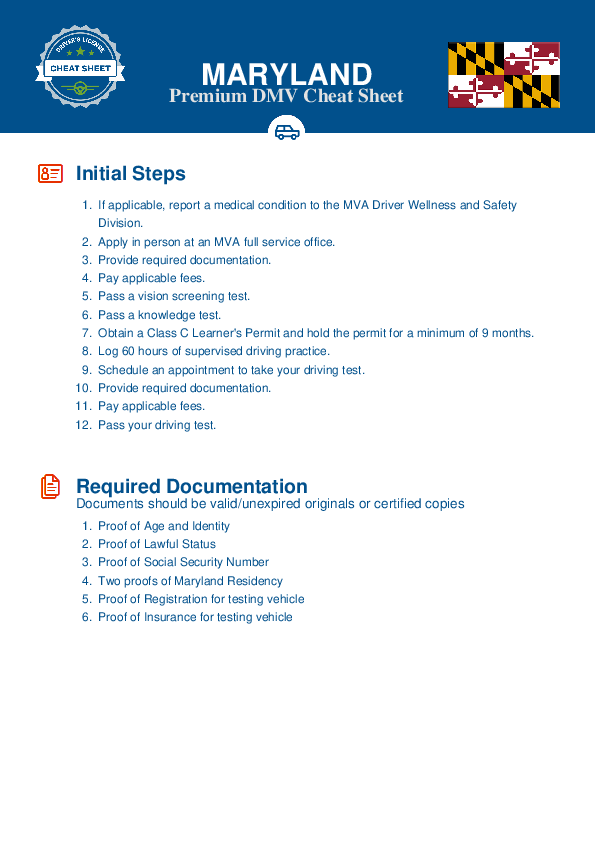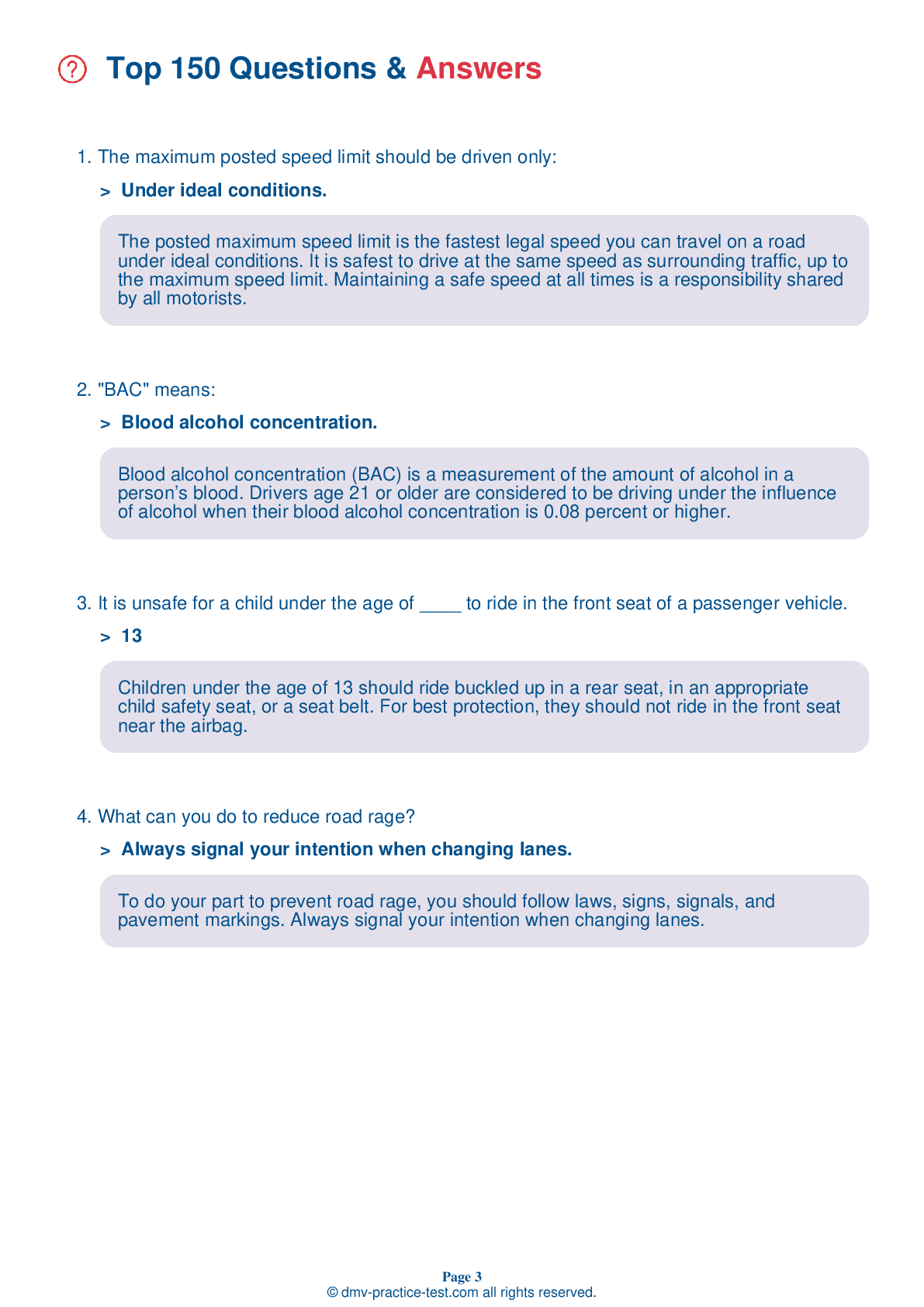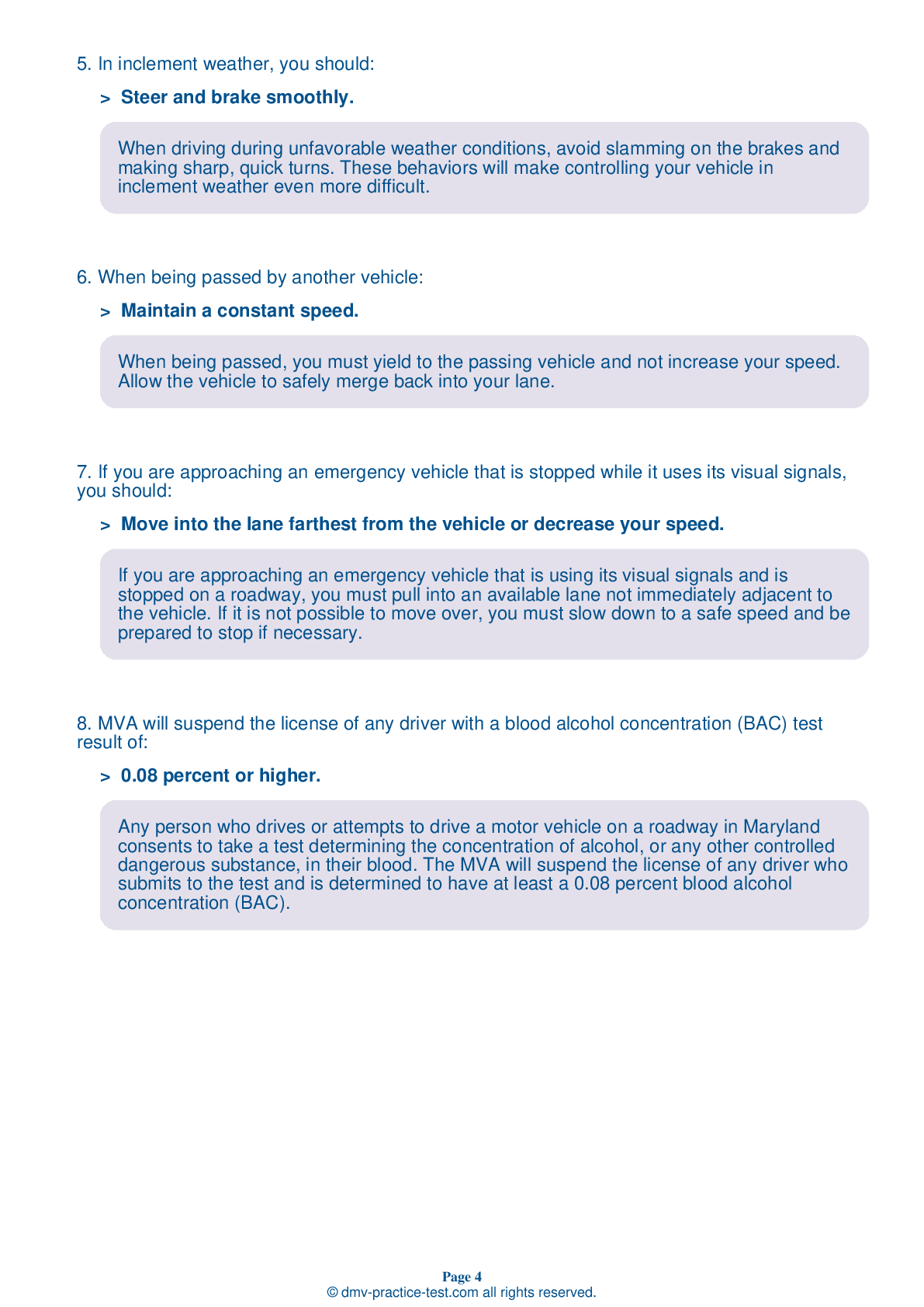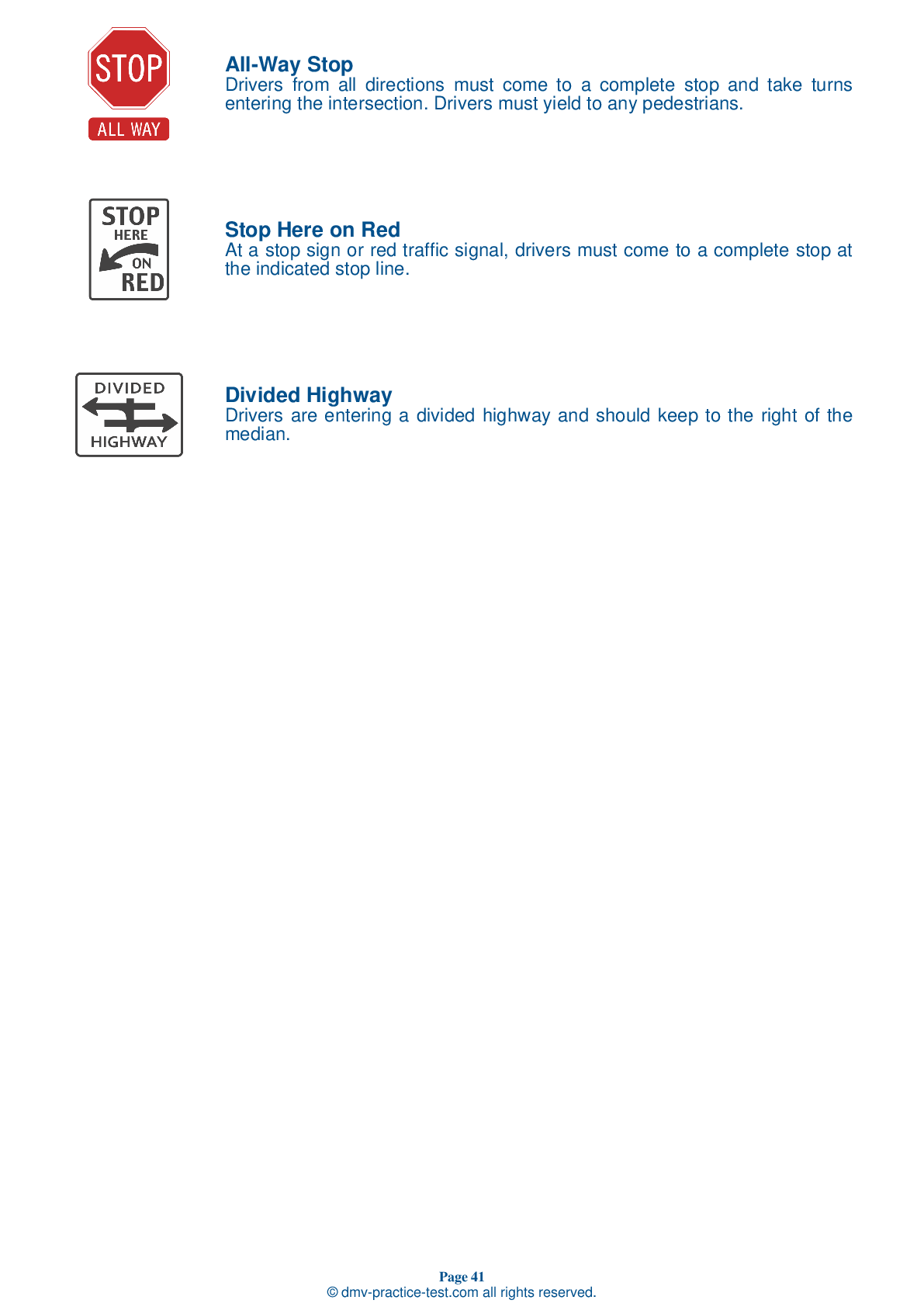FREE Maryland DMV Practice Test #12 Page 2 of 3
Maryland DMV practise examinations have been updated for January 2026. It includes questions based on the Maryland Driver Handbook's most essential traffic signals and regulations for 2026. Use actual questions that are very similar (often identical!) to the DMV driving permit test and driver's licence exam to study for the DMV driving permit test and driver's licence exam.
On the practise exam, each question gets a tip and explanation to help you remember the concepts. The written component of the official Maryland DMV test will include questions about traffic rules, traffic signs, and driving statutes, as well as knowledge from the Driver Handbook.
To obtain a passing grade, you must correctly answer 22 of the 25 questions. Take our DMV practise exam to help you prepare for your Maryland instruction permit or driver's licence.
The DMV exam is available in several languages.
Using any kind of testing assistance will result in an automatic fail, and the DMV may take additional action against your driver's licence, so stay away from it.
9 . This symbol is used for:
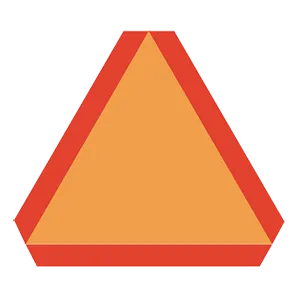
A reflective orange triangle on the rear of a vehicle means it travels only at slow speeds. You may see this sign on roadwork equipment, farm vehicles, or horse-drawn wagons and carriages. It appears as a solid orange triangle during the day and a hollow red triangle at night.
10 . You are approaching an intersection at the posted speed limit when the signal turns yellow. You should:
A solid yellow light means "caution" and signals that the light will soon turn red. You should stop at a solid yellow light if you can do so safely; otherwise, you should cautiously cross the intersection.
11 . This road sign means:

Regulatory signs provide notice to road users of traffic laws that must be obeyed. When posted at an intersection, this sign tells drivers that turning right or left on a solid red signal is prohibited.
12 . This road sign means:

Orange is the standard color for work zone activity. If you see orange signs, cones, or barrels while driving, stay alert and be prepared for unexpected driving conditions. This sign alerts drivers to an upcoming flagger whose directions should be obeyed by all drivers.
13 . Night driving presents unique problems because:
Night driving creates a unique set of problems for drivers. Due to the reduced visibility, it can be difficult to judge distance and the traveling speeds of other vehicles when driving at night. Drivers can see only as far as their headlights allow.
15 . "No passing zone" signs tell drivers:
If you come across a "No passing zone" sign, it is not legal to pass in the indicated area. You are likely driving in an area with restricted visibility where it would be unsafe to pass another vehicle.
16 . What is an important step in turning?
When turning, you should look to the rear and both sides of your vehicle to ensure it is safe to proceed before making the turn. Adjust your speed to safely complete the turn.
See the exact questions that will be on the 2026 Maryland DMV exam.
99.2% of people who use the cheat sheet pass the FIRST TIME
LT gives us an insight on how the cheat sheet provided her with all the study questions she needed before taking her test.
Joe initially studied with the handbook and failed his test, he eventually found us online, studied and pass his test the first time around.
2026 Maryland | Frequently Asked Questions
1. Be at least 15 years and 9 months old.
2. Pass the vision exam.
3. Complete the Maryland MVA Online Driver Test Tutorial.
4. Pass the knowledge test.
5. Provide proof of identity, age, and Maryland residency.
6. Have a parent or guardian co-sign your application.
7. Pay the required fee.
Remember, you must hold your learner's permit for nine months before you can take the driving test.
